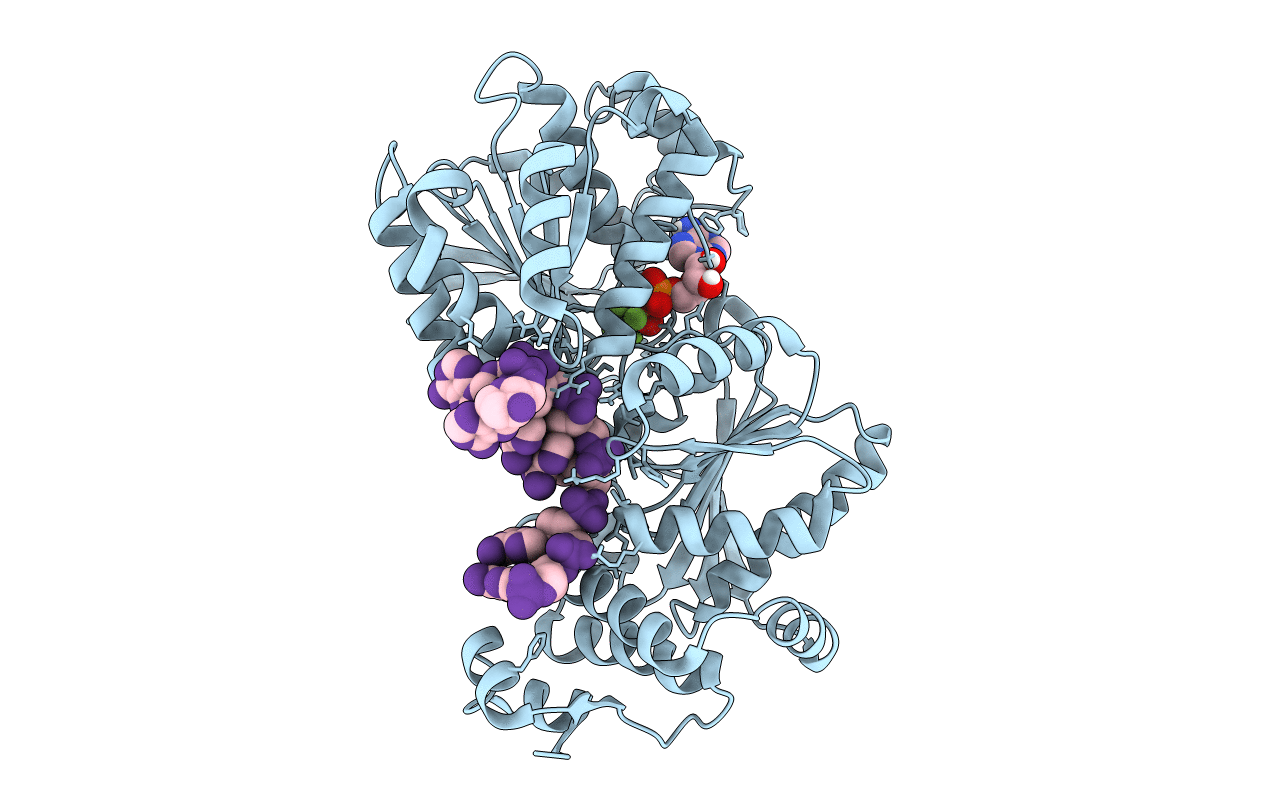
Deposition Date
2014-07-08
Release Date
2014-12-31
Last Version Date
2023-09-27
Entry Detail
Biological Source:
Source Organism:
Saccharomyces cerevisiae (Taxon ID: 559292)
Saccharomyces cerevisiae (Taxon ID: 4932)
Saccharomyces cerevisiae (Taxon ID: 4932)
Host Organism:
Method Details:
Experimental Method:
Resolution:
2.96 Å
R-Value Free:
0.24
R-Value Work:
0.19
R-Value Observed:
0.19
Space Group:
P 21 21 2


